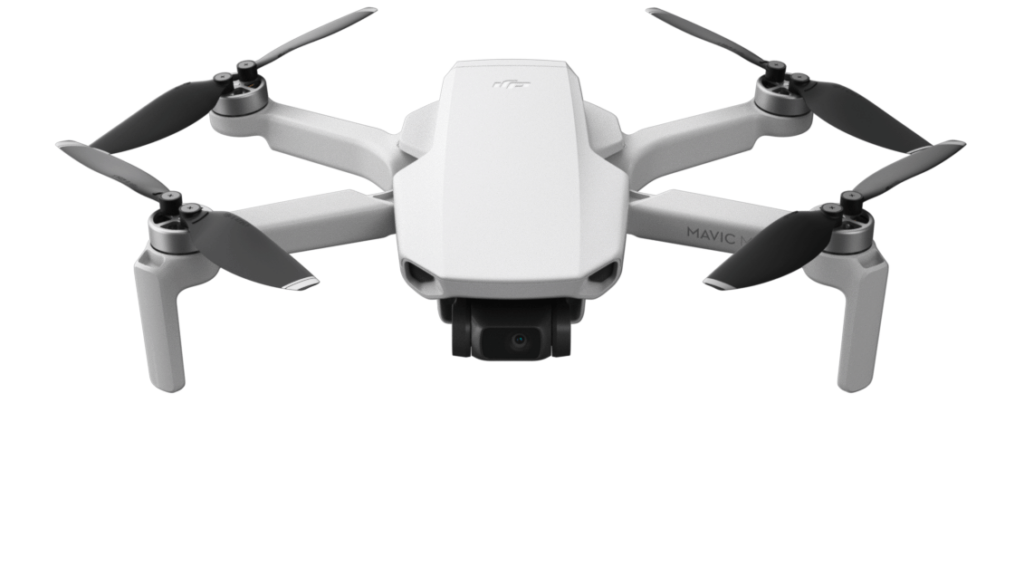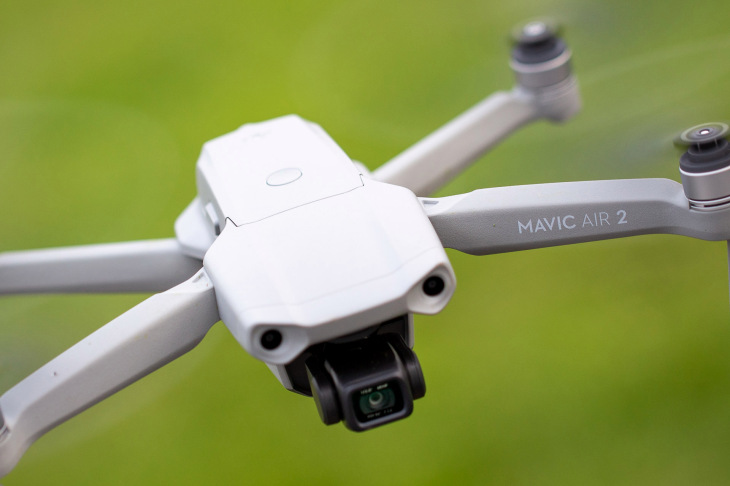DJI made public new drone patents, that is, two new gimbal patents with one being a two-handed gimbal, whereas the other is fully integrated.
Two-handed Gimbal
The two-handed gimbal is described in the following way, by John Spires:
“This gimbal looks to be more of a professional product from the looks of the lens used in the drawing and the inclusion of a rotatable display on the rear. The drawing shows a two-handed gimbal with the right-hand taking care of the camera trigger with both handles likely having buttons which can’t be seen in the drawing. The camera looks like it might be interchangeable . . . DJI will once again be creating an industry-leading gimbal in a small package.”*
This is a gimbal that can be used with its own line of cinema cameras, thus allowing professionals to purchase the cameras and use them with all their products.
Abstract: “The present disclosure provides a control device. The control device is configured to control a rotation mechanism to rotatably hold a camera device. The control device includes a processor configured to execute a program to: determine a mounting state of a mounting member mounted on a support mechanism supporting the rotation mechanism; determine a rotation range of the camera device coupled to the rotation mechanism based on the mounting state of the mounting member; and control a rotation of the camera device based on the rotation range.”*
Fully Integrated Gimbal
The fully integrated gimbal has an action camera, or possibly a mirrorless camera, and is described as follows:
Abstract: “A gimbal photographing device includes a body having a supporting wall, a folding mechanism connected to the body, and a gimbal camera connected to the folding mechanism. The gimbal camera attaches to the body through the folding mechanism and has an expanded state and a folded state. The supporting wall is configured to support the folding mechanism and the gimbal camera. The folding mechanism includes a supporting base and a position limiting member. The supporting base is connected to the gimbal camera and rotatably connected to the supporting wall around a rotation axis, to drive the gimbal camera to rotate relative to the body, and the rotation axis is parallel to the supporting wall. The position limiting member is connected to the supporting wall along a direction perpendicular to the rotation axis.”*
Future
DJI keeps producing newer and better products on a regular basis. These two new patents, of two-handed and fully-integrated gimbals, are another valuable addition to a growing variety of drones products.



